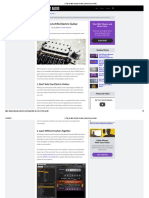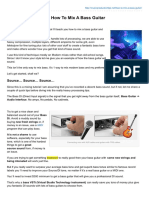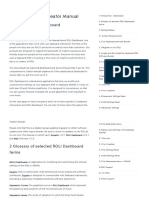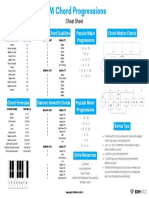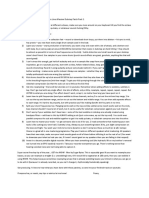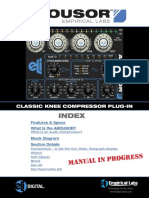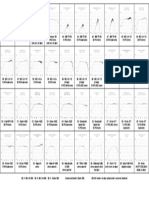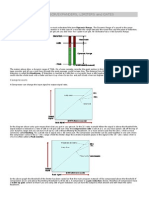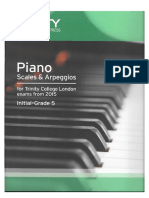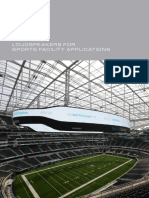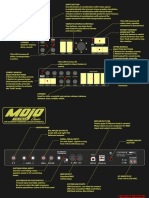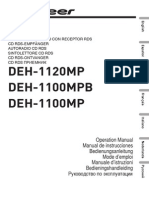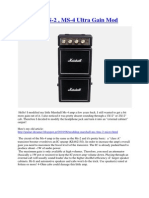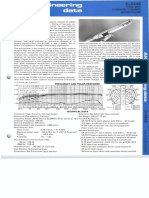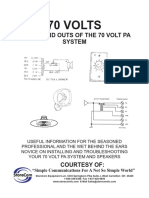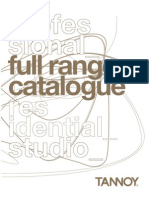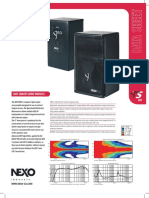0% found this document useful (0 votes)
748 views2 pagesAudio Compression Guide
The document provides information on audio compression, including definitions of common compressor controls like threshold, ratio, attack, and release. It includes diagrams showing how compression works by reducing the difference between loud and soft parts of a signal. Guidelines are given for recommended compression ratios for different instruments, such as 2:1 to 8:1 for vocals, 4:1 to 10:1 for drums, and 2:1 to 4:1 for acoustic guitar. The document aims to give a starting point for applying compression to various instruments.
Uploaded by
REYNOLD ABRAHAMCopyright
© © All Rights Reserved
We take content rights seriously. If you suspect this is your content, claim it here.
Available Formats
Download as PDF, TXT or read online on Scribd
0% found this document useful (0 votes)
748 views2 pagesAudio Compression Guide
The document provides information on audio compression, including definitions of common compressor controls like threshold, ratio, attack, and release. It includes diagrams showing how compression works by reducing the difference between loud and soft parts of a signal. Guidelines are given for recommended compression ratios for different instruments, such as 2:1 to 8:1 for vocals, 4:1 to 10:1 for drums, and 2:1 to 4:1 for acoustic guitar. The document aims to give a starting point for applying compression to various instruments.
Uploaded by
REYNOLD ABRAHAMCopyright
© © All Rights Reserved
We take content rights seriously. If you suspect this is your content, claim it here.
Available Formats
Download as PDF, TXT or read online on Scribd
/ 2



